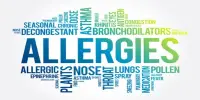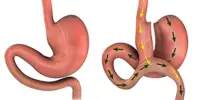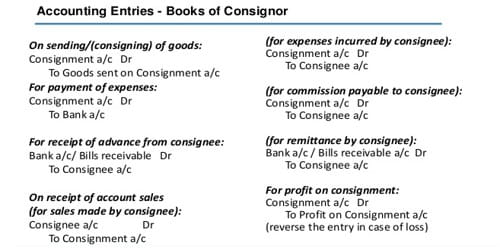Certain chemicals contained in vegetables may have qualities that can aid in the treatment of lung infections or respiratory problems. While vegetables cannot directly treat lung infections, they can be included in a well-balanced diet that promotes overall health and the immune system.
Researchers at the Francis Crick Institute discovered that chemicals included in vegetables such as broccoli and cauliflower aid in maintaining a healthy lung barrier and reducing infection.
The aryl hydrocarbon receptor (AHR) is a protein identified in barrier areas such as the gut and the lung. Natural compounds in cruciferous vegetables, such as kale, cauliflower, broccoli, or cabbage, are dietary ‘ligands’ for AHR, which means they activate AHR to target a number of genes when consumed. Some of the genes that have been targeted turn off the AHR system, allowing it to self-regulate.
The effect of AHR on immune cells is widely recognized, but a new study published today in Nature demonstrates that AHR is also active in endothelial cells that line blood arteries in the lung. Because it must enable oxygen to enter, the lung barrier between the body and the air outside is just two layers thick, one of endothelial cells and one of epithelial cells. However, the barrier must be strong enough to withstand pollution, viruses, and germs.
This study focused on the flu, however, earlier studies have found that COVID-19 may also reduce AHR activity in the lungs. It will be intriguing to explore the impact of other respiratory viruses on AHR, as well as whether other chemicals in our diet affect lung function via pathways other than AHR.
Jack Major
The researchers used mice in a series of tests to demonstrate how AHR affects lung barriers. When mice were infected with the flu virus, blood was discovered in the lungs’ airspaces because it had leaked across the broken barrier. The researchers then demonstrated that AHR might keep the barrier from becoming leaky: when AHR was overactivated, there was less blood in the lung spaces.
They also discovered that mice with increased AHR activity lost less weight when infected with the flu and were better equipped to fight off a bacterial infection on top of the original virus. When AHR was not produced in infected mice’s lung endothelial cells, more blood and immune cells were observed in the air gaps, indicating greater disruption to the barrier.

The researchers also showed that flu infection causes a decrease in protective lung AHR activity, but only in mice fed AHR ligands in their diet before the illness. These findings link food consumption to AHR activity and outcome in viral infection: infected mice didn’t eat as much food when ill, so their intake of AHR ligands was reduced and the AHR system was less active, leading to more lung damage.
Despite the infection-driven reduction of AHR activity, it was beneficial for mice to be on an AHR ligand-rich diet: these mice had better barrier integrity and less lung damage during infection than mice on the control diet. These results indicate that AHR has a protective effect on the lung barrier which is impacted by infection, but can be improved by the right diet.
“Until recently, we’ve primarily looked at barrier protection through the lens of immune cells,” stated Andreas Wack, Group Leader of the Crick’s Immunoregulation Laboratory. We’ve now demonstrated that AHR is critical for maintaining a robust barrier in the lungs via the endothelial cell layer, which is disturbed during infection.
“People may be less likely to keep a healthy diet while they are ill, because they aren’t consuming the compounds from vegetables that allow this system to function. It’s always a good idea to consume enough of cruciferous veggies, but this study demonstrates that it’s much more vital to do so while you’re sick!”
“What we’ve identified is a gut-lung axis – linking diet to protection against lung infection via endothelial cells,” said Jack Major, a former Ph.D. student in the Wack lab and currently visiting scientist at the Crick. This study focused on the flu, however, earlier studies have found that COVID-19 may also reduce AHR activity in the lungs. It will be intriguing to explore the impact of other respiratory viruses on AHR, as well as whether other chemicals in our diet affect lung function via pathways other than AHR.”
AHR may be relevant in endothelial cells in other barrier organs, according to researchers. A team from the MRC and Imperial College London published today in Nature* that dietary variables activate AHR in gut endothelial cells, preventing excessive cell replication and inflammation. Gut endothelium AHR, like the process in the lung, is vital in protecting against gut infection, according to scientists. This establishes yet another link between nutrition and the condition of the gut endothelium, which is an important contributor to gut health. Ben Wiggins, the first author, has now joined Crick’s Immunoregulation Laboratory to study with Andreas Wack.
















